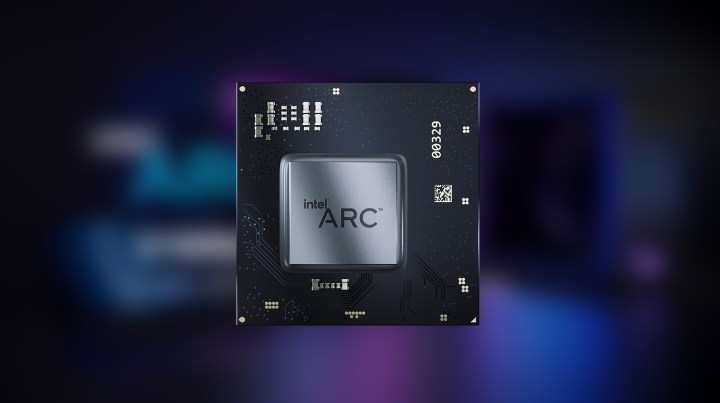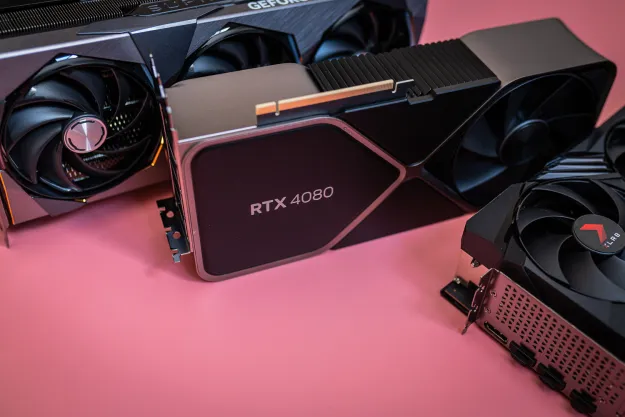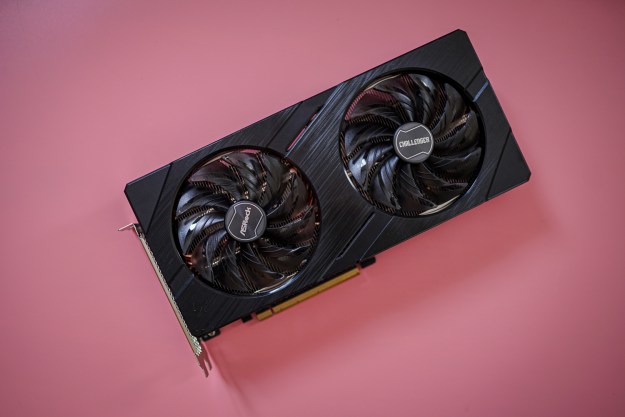It seems that Intel may still be working on a third Arc Alchemist graphics card variant, according to a recent Intel Graphics Compiler patch.
The GPU was speculated about in the past, but it wasn’t officially announced by Intel alongside the other two Arc models. However, the patch confirms that it does, in fact, exist.

Intel Arc Alchemist GPUs have already been released in their laptop form, and as part of their release, Intel talked about the two variants that have been launched. The confirmed Arc graphic processors include the flagship ACM-G10 and the entry-level ACM-G11.
Intel’s discrete graphics cards were previously known as DG2, and Intel itself hasn’t completely dropped that name. Both the GPUs in Intel’s lineup also have a variety of other names used in various places, such as SOC1, DG-512 (referring to the number of execution units), and DG2-G10 for the ACM-G10. Following this naming convention, the basic ACM-G11 chip is sometimes referred to as DG-128.
Prior to the actual release of Intel Arc, the general assumption was that Intel would be releasing not two, but three GPU variants. The option that didn’t make it to the market was referred to as DG2-256, and it’s this graphics card that was spotted in a patch for the open-source Intel Graphics Compiler. Alongside the DG2-256 name, ACM-G12 was also mentioned in the files.

The DG-256 title tells us a little bit about the specifications of this mysterious GPU. It seems that it will have half the power of the flagship ACM-G10. We can expect to see 256 execution units (EUs) versus the 512 provided by the ACM-G10. As VideoCardz notes, this means 8 Intel Xe-cores and 2,048 FP32 cores. The memory bus and size are unknown and hard to speculate right now, as the GPU could receive either a 128-bit wide or 192-bit wide bus.
Omitting this graphics card from last week’s announcement is a curious move for Intel. A middle-of-the-pack kind of GPU would make a good addition to Intel’s laptop GPU lineup, but it seems that for whatever reason, this card is not going to be part of the spring release.
If and when it’s released, the ACM-G12 graphics card may end up being a desktop
Editors' Recommendations
- AMD’s upcoming APUs might destroy your GPU
- Intel Battlemage graphics cards: release date speculation, price, specs, and more
- Intel’s new CPU feature boosted my performance by 26% — but it still needs work
- All the ways Intel Macs are still better than Apple Silicon Macs
- Nice try, Intel, but AMD 3D V-Cache chips still win



